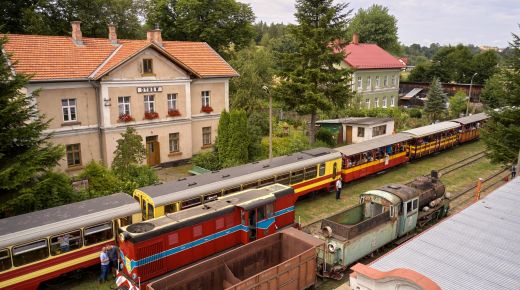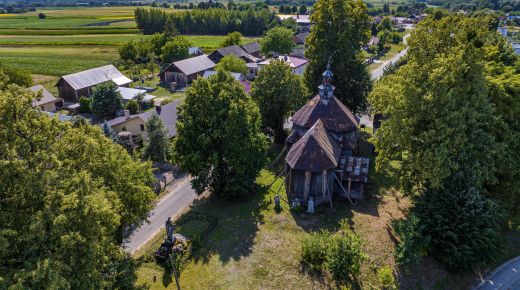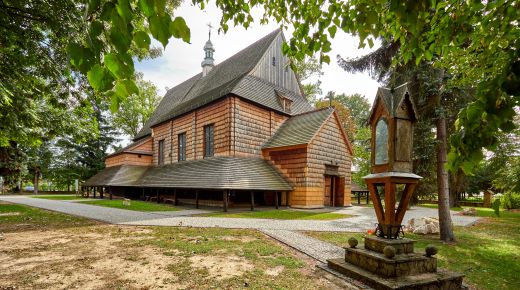A town with a wealth of history and numerous landmarks, Jarosław is located at a junction of major roads
It is likely a settlement existed here even in prehistoric times. In the late Middle Ages Jarosław was already a big multicultural city with Polish, Ruthenian and Jewish populations. In the early 1400s it gained importance as a centre of various crafts and trades. At its heyday, in the 16th and 17th century, the town held trading fairs, ranking among the largest in Poland and in Europe.
Particularly notable landmarks here include the delightful Renaissance houses around the Town Square with their unique features: large entrance halls, roofed courtyards and multi-story vaulted cellars. The most impressive, the Orsetti family tenement house dating from the late 1500s, today holds a museum whose permanent expositions present the history of Jarosław and culture of townspeople. In the entrance hall and at the ground floor visitors can see artefacts connected with the history of the town and the region; in the large chamber covered with a 17th century wooden ceiling one can explore characteristic features of the original interior design, and expositions upstairs show furnishings typical of old townhouses.
Another attraction here is the Underground Tourist Route located in the eastern part of the Town Square. It leads to a number of chambers and corridors which in the past, at the heyday of Jarosław as a trading centre, were used for storing goods.
Jarosław is recognized, by many, as one of the most impressive historical towns in Poland.
Worth seeing:
The Orsetti Tenement House in Jarosław
-
Town Square
-
Town Hall from the 17th century
-
houses from the 16th and 17th century
-
early Baroque Church and Monastery of Benedictine Nuns
-
Corpus Christi Collegiate Church
-
Dominican church and monastery, from the first half of the 1600s, parish of Our Lady of Sorrows
-
Baroque church of the Holy Spirit, from the late 17th century
-
late-Baroque church and monastery of Reformed Franciscan Order, from the early 18th century, dedicated to the Holy Trinity
-
Greek-Catholic church of the Transfiguration of our Lord, from the 1700s
-
former tserkov of Dormition of the Mother of God, currently Roman Catholic chapel of the Assumption of the Virgin Mary
-
monastery of Sisters of the Immaculate Conception of Mary, from the latter half of 1800s
-
former building of Sokół Gymnastic Society, today Municipal Culture Centre
-
old synagogue from 1811, today Secondary School of Arts
-
bench of Prof. Edward Kieferling
-
statue of Father Jerzy Popiełuszko
-
lance-shaped monument in honour of Leon Czechowski
Photo: Wawrzyniec Augustyn



